The front row at fashion shows has become synonymous with glamour, influence and power. It’s where editors, celebrities, influencers and industry insiders gather to see the latest trends first-hand. But how did the front row become the centre of the fashion world? Its evolution reflects wider changes in fashion, media and culture.
In this blog, we take a journey through the history of the front row, exploring how it began, who shaped its meaning and what it represents today.
The Beginnings of Fashion Shows
Fashion shows didn’t always have a front row – or even a catwalk. In the 19th century, designers would privately present their creations to select clients. Charles Frederick Worth, often called the father of haute couture, presented his designs on live models in the 1850s, but these shows were intimate, not public spectacles.
The idea of a “front row” emerged as fashion shows grew larger in the early 20th century. Designers such as Paul Poiret and Coco Chanel began organizing events to present their collections to journalists and customers. Attendees were seated to ensure a good view of the models, but the seating arrangement was not yet a cultural phenomenon.

The Rise of the Front Row in the 1940s and 1950s
The concept of a prestigious front row began to take shape in the mid-20th century. As fashion journalism gained momentum, editors from leading publications such as Vogue and Harper’s Bazaar became fixtures at shows. Their presence was vital to designers, as their coverage could make or break a collection.
During this period, celebrities also began attending fashion shows, although not to the extent that they do today. Film stars such as Audrey Hepburn and Grace Kelly occasionally appeared at couture presentations in Paris, adding a touch of glamour. Yet the focus remained on buyers, editors and wealthy customers.
The Front Row in the 1960s and 1970s
The 1960s brought a wave of cultural change that extended to the fashion world. With the advent of ready-to-wear collections, fashion shows became more accessible. Designers like Yves Saint Laurent and Mary Quant appealed to younger audiences, and the front row began to reflect this change.
Journalists, influential public figures, and celebrities like Jacqueline Kennedy Onassis and Twiggy became prominent figures in the front row. Their presence gave them star power, and their choices often influenced trends.
In the 1970s, fashion shows became more theatrical. Designers like Vivienne Westwood and Halston turned their presentations into lavish events, and the front row became the best seat in the house for fashion and entertainment.
The Era of Supermodels: 1980s and 1990s
The 1980s saw the rise of supermodels, and fashion shows became major media events. Designers like Gianni Versace and Thierry Mugler staged extravagant productions and lured celebrities, editors and wealthy patrons to the front row.
By the 1990s, the front row had cemented its status as the ultimate VIP area. It was dominated by fashion editors like Anna Wintour, who secured her place as a symbol of her influence. Celebrities like Madonna and Princess Diana were regular visitors, bringing even more attention to the shows.

Television and print media played a major role in amplifying the appeal of the front row. Coverage of events like New York Fashion Week or Paris Haute Couture Week often highlighted the famous faces sitting front and center.
The Digital Revolution: 2000s
The 2000s marked a turning point for the front row, fueled by the rise of digital media and the internet. Fashion shows were no longer exclusive events for industry insiders; they became global spectacles accessible to anyone with an internet connection.
The democratization of fashion meant new faces appeared in the front row. Fashion bloggers like Tavi Gevinson and Susie Lau became well-known, and designers began inviting influencers to shows. These online personalities brought a fresh perspective to the industry, blending traditional journalism with real-time social media updates.
Meanwhile, celebrities continued to dominate the front row. From Sarah Jessica Parker to Rihanna, their presence at fashion shows made headlines and created a stir among the designers they supported.
The Modern Front Row: 2010s to Today
In the 2010s, the front row became more diverse, reflecting changes in fashion and culture. Influencers and social media stars like Chiara Ferragni and Kim Kardashian began sharing front-row moments with millions of followers, providing unprecedented visibility for fashion shows.
Designers embraced this change and recognized the value of social media reach. Some even hosted “see now, buy now” shows to cater to the immediacy of online culture. The front row became a stage for brand ambassadors, influencers and celebrities to showcase not only the designer’s creations but also their own personal style.
Today, the front row is more competitive than ever. While traditional fashion editors like Anna Wintour still call the shots, they now share the spotlight with TikTok stars, YouTubers and Instagram influencers. This mix of old and new reflects the evolving nature of fashion as an art form and business.
The Cultural Importance of the Front Row
The front row isn’t just about fashion—it’s about influence. Sitting in the front row signals status, power, and relevance within the industry. It’s a space where art, commerce, and celebrity intersect, shaping the way fashion is perceived and consumed.
For designers, the front row is a strategic tool. Inviting the right mix of attendees can create buzz, attract media attention, and increase sales. For celebrities and influencers, it’s an opportunity to align with luxury brands and gain exposure.
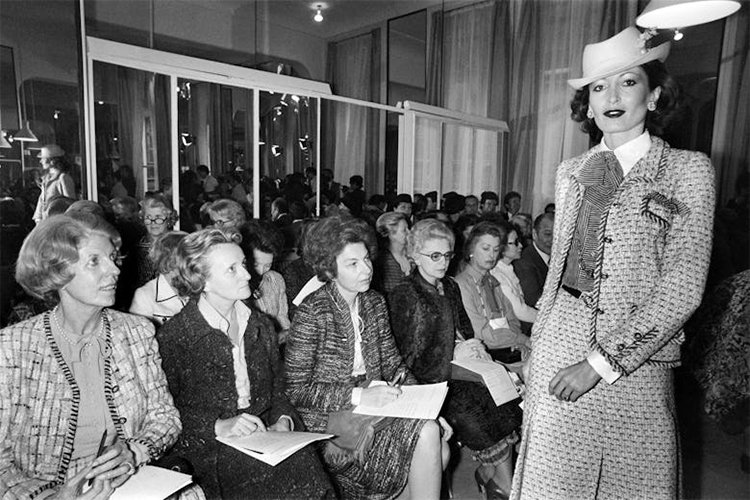
What's Next for the Front Row?
As fashion evolves, the front row will evolve too. Virtual runway shows, live streaming, and the metaverse are already changing how we experience fashion. In this new landscape, the concept of the front row could expand beyond physical seating to include digital “seats” for viewers worldwide.
At the same time, calls for inclusivity and sustainability are forcing the industry to rethink its practices. The front row could become not just a place to showcase style, but also to advocate for positive change.
Final Thoughts
The history of the front row is one of transformation. From intimate gatherings in couture salons to global events watched by millions, it has mirrored the evolution of fashion itself. Today, the front row represents more than just proximity to the runway—it is a symbol of influence, creativity, and cultural relevance.
Whether you’re a seasoned fashionista or just a curious observer, the front row remains a fascinating window into the ever-changing world of fashion. Who knows what the next chapter will bring? One thing is for sure: the front row will always be at the center of the action.

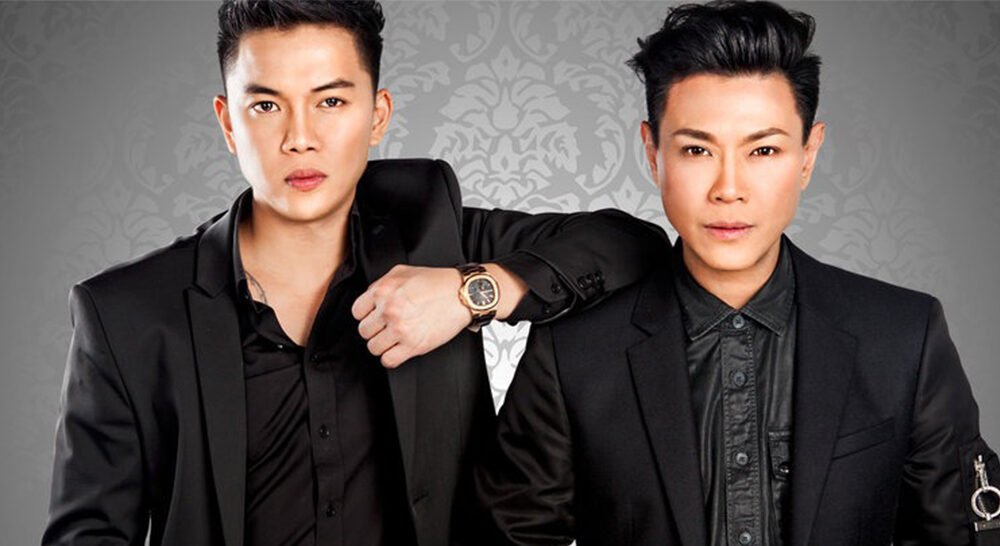


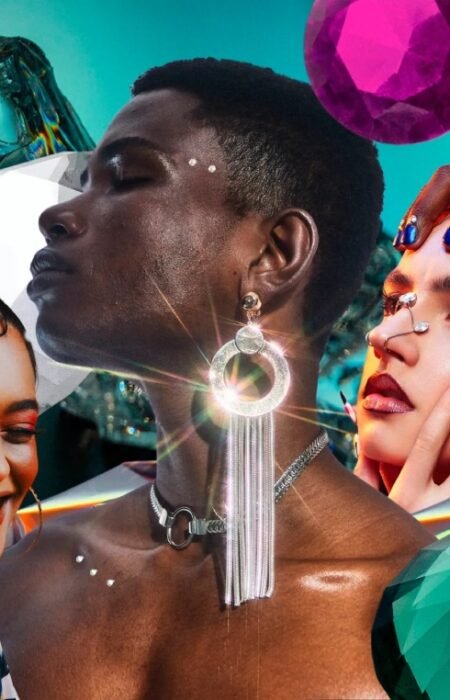

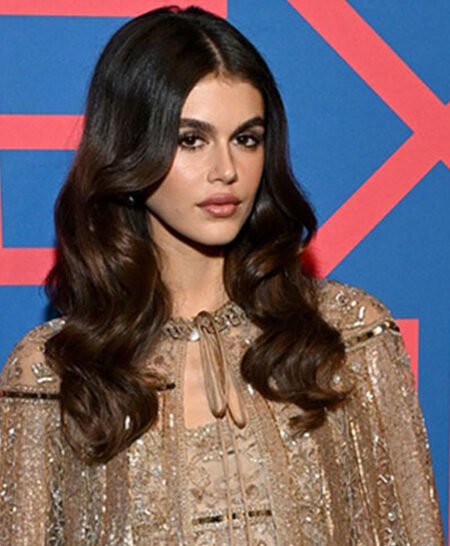
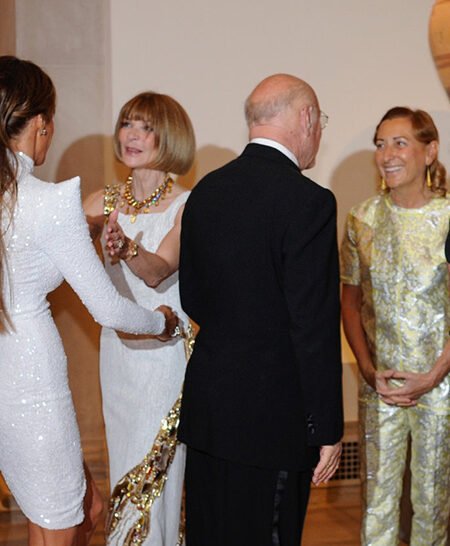
No Comment! Be the first one.